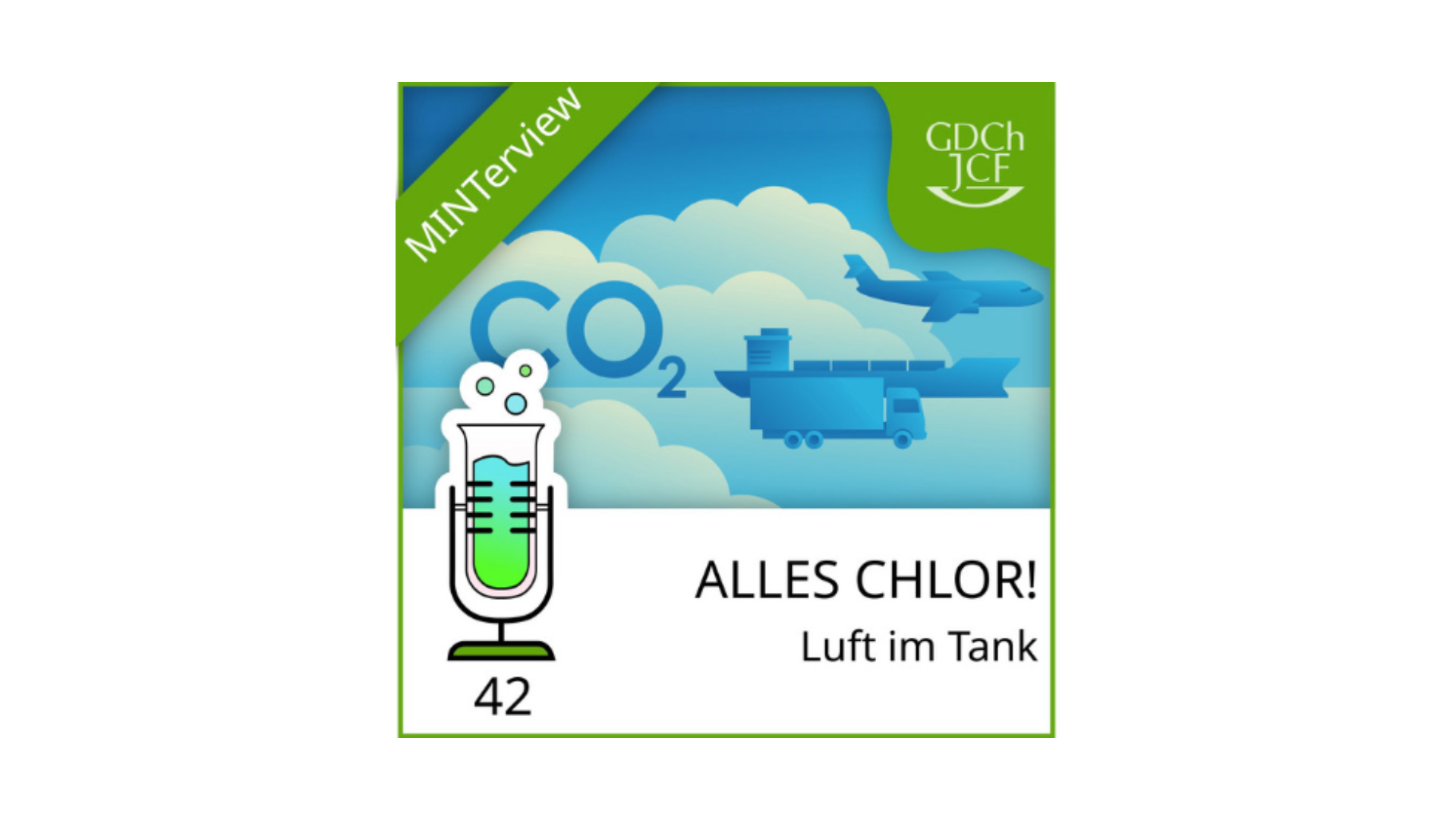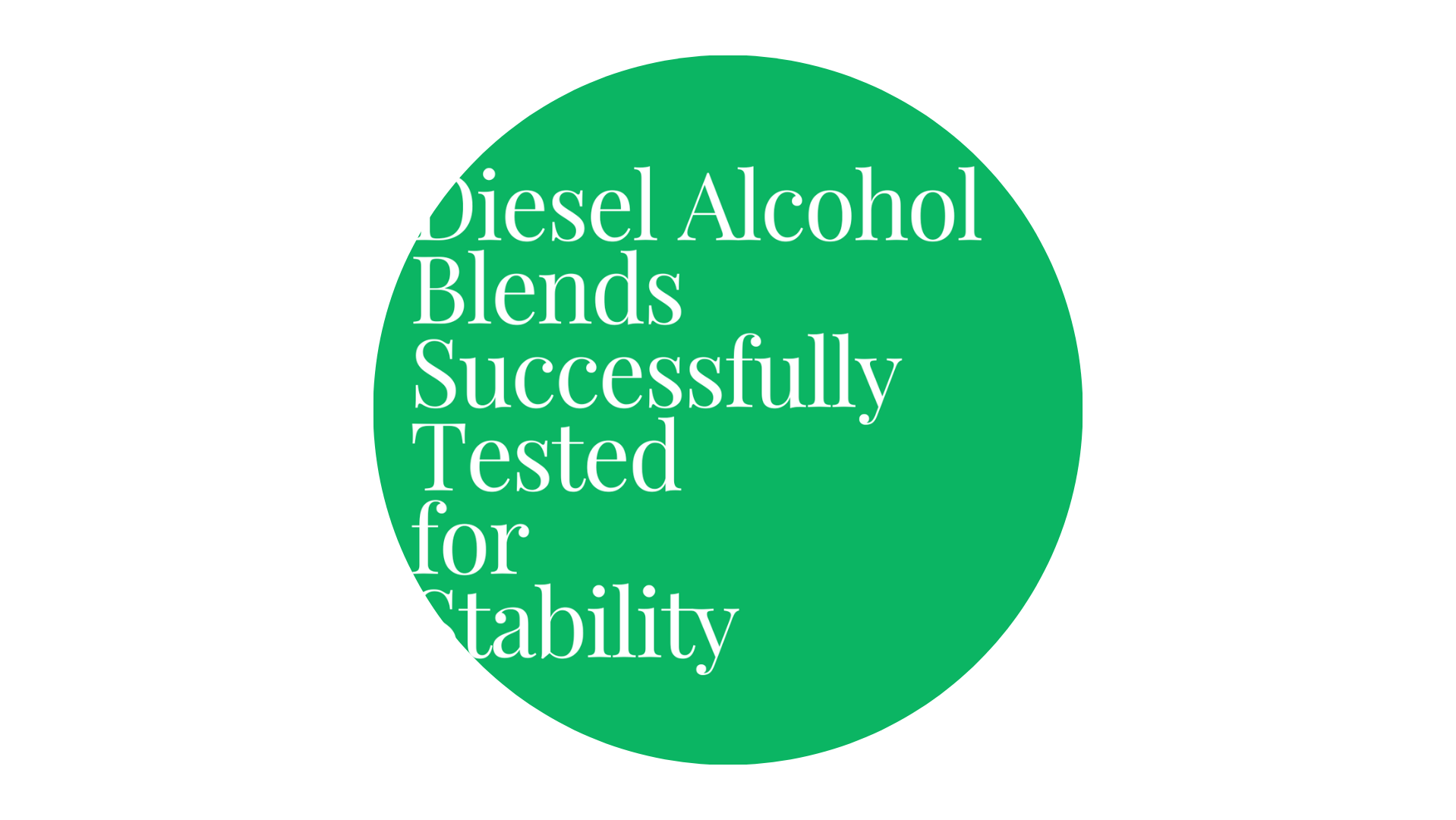Sabrina Campagna Zignani, Alessandra Carbone, Vitaliano Chiodo, Susanna Maisano, Mariarosaria Pascale, Marta Fazio, Luca Riillo, Anna Ramunni, Charly Azra, Ervin Tal Gutelmacher, Antonino Salvatore Aricò
Available at https://doi.org/10.1016/j.cej.2025.163798
Abstract
Low temperature CO2 − water co-electrolysis was studied in a zero-gap cell based on an anion exchange membrane to produce synthetic fuels at suitable energy efficiency and current density thanks to a proper combination of specific materials, cell configuration and operating conditions. The electrochemical cell consisted of gas-diffusion electrodes containing non-precious electrocatalysts such as nanosized particles-based copper oxide for the cathode and Ni-Fe oxide-hydroxide for the anode. The stability of these electrocatalysts was favoured by a high internal operating pH assured through the recirculation of KOH at the anode. The CO2 stream was humidified at the operating cell temperature or higher before being fed to the cathode. The process was studied in terms of outlet stream composition, electrochemical performance, faradaic and voltage efficiency through galvanostatic operation at practical current densities, e.g. 0.3 A cm−2, combined to gas chromatographic analysis. Electrochemical diagnostics, such as polarization curves and ac-impedance spectroscopy combined to productivity data, allowed to derive an interpretation of the cell behaviour under different operating conditions revealing a paramount effect of the ionomer dispersion, added to the cathode, and the operating current density. A useful strategy was adopted to mitigate the precipitation of carbonates. Promising results were observed in terms of production of ethylene and syngas at suitable voltage and faradaic efficiencies. A possible reaction mechanism for the CO2 reduction under alkaline conditions was considered in relation to the formed products.






